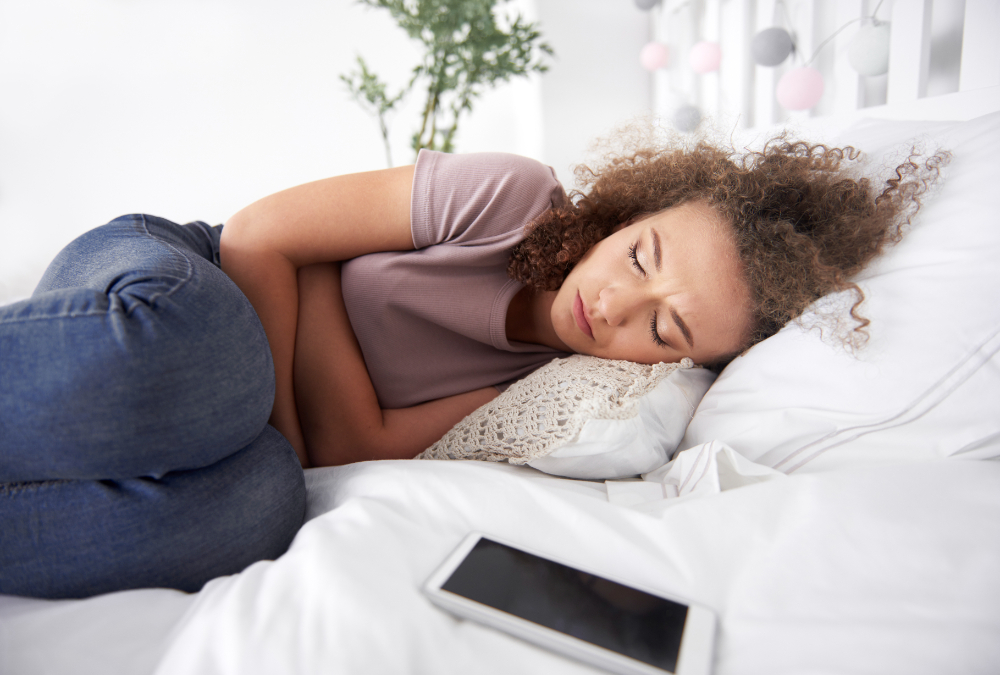Understanding Autism Spectrum Disorder
Autism spectrum disorder (ASD) is a wide range of conditions characterized by challenges with social skills, repetitive behaviors, speech, and non-verbal communication per Autism Speaks. Autism spectrum disorder is a complex neurodevelopmental condition usually diagnosed below age three. According to the World Health Organization, approximately 1 in 100 children have autism globally (1).
Autism is not an illness or disease and cannot be cured. Over the years, research has shed light on the intricacies of ASD to help us understand its underlying causes, early signs, diagnostic criteria, and interventions.
Understanding the Spectrum: Embracing Diversity
One of the most significant changes in recent years is the recognition of ASD as a spectrum disorder. This means that there is considerable variability in how the condition manifests in different individuals. Some may exhibit mild difficulties, while others face more severe challenges. By embracing this diversity, we can celebrate the strengths and talents of individuals on the spectrum while providing targeted support to address specific needs.
The Challenges of Autism Spectrum Disorder
Social Communication and Social Interaction
Communication can be a challenge for some autistic people. For instance, they may find it hard to read body language, understand people’s emotions, or process language. We all use a mix of verbal, gesture, body language, and more to communicate. For some people, augmented and alternative communication methods help them to communicate.
Repetitive Behavior
Routines can help reduce anxiety for autistic people. For example, using the same route to work daily helps the person feel in control. Changes to routine big or small can be complex to process. Where possible, planning can help reduce any confusion or anxiety that the disruption may cause. Autistic people may also have repetitive movements, such as hand flapping or making sounds. These are often calming for the individual when they feel stressed.
Sensory Difficulties
Autistic people can experience hypo or hyper-sensitivity to sounds, touch, smells, pain,
light, or temperature. Sounds or smells many people block out can be overstimulating and cause stress. It may also be hypo-stimulating, and a person might look to increase their sensory input by turning the volume up or getting closer to smells.
Behaviors that Challenge
When stress or anxiety increases, it can lead to meltdowns. This may take many forms, including screaming, kicking, running away, or ceasing communication. These behaviors are often the result of an individual being overwhelmed and can occur when the person is finding it difficult to communicate. It is important to understand why challenging behaviors happen to give the needed support (2).
Signs of Autism
The signs of autism will be different for everyone and affect different people in different
ways in different environments (they are dimensional).
- Difficulty interpreting verbal and non-verbal language
- Difficulty “reading” other people and expressing their own emotions
- Sensory sensitivity and highly focused interests
- Repetitive behavior and routines
- Behavior that challenges, such as episodes of frustration or in some cases, violent behavior (3).
This is not a complete list of autism signs. Still, contact your GP if you have concerns. You might notice some of the following if your child has autism:
Signs of Autism in Children
- Not responding to their names
- Avoid eye contact
- Not smiling when you smile at them
- Getting very upset if they do not like a specific taste, smell, or sound
- Repetitive movements, such as flapping their hands, flicking their fingers, or
- rocking their body
- Not talking as much as other children (4).
Causes of Autism
Research has emphasized the significant role of genetics and epigenetics in the development of ASD. While there is no single "autism gene," several genetic, nongenetic, or environmental factors interact to influence a person's susceptibility to ASD.
Genetic Risk Factors
Research tells us that autism tends to run in families. Changes in certain genes increase the risk that a child will develop autism. If a parent carries one or more of these gene changes, they may get passed to a child (even if the parent does not have autism). Other times, these genetic changes arise spontaneously in an early embryo or the sperm or egg that combine to create the embryo. Again, the majority of these gene changes do not cause autism by themselves. They simply increase the risk of the disorder.
Environmental Risk Factors
Research also shows that certain environmental influences may further increase – or reduce –autism risk in people who are genetically predisposed to the disorder. Essentially, the increase or decrease in risk appears to be small for any one of these risk factors:
Increased risk
- Advanced parent age (either parent)
- Pregnancy and birth complications (such as extreme prematurity [before 26 weeks], low birth weight, multiple pregnancies [twin, triplet, etc.])
- Pregnancies spaced less than one year apart.
Decreased risk
Prenatal vitamins containing folic acid before and at conception and through pregnancy. No effect on risk
Vaccines: Each family has a unique experience with an autism diagnosis, and for some,
it corresponds with the timing of their child’s vaccinations. At the same time, scientists
have conducted extensive research over the last two decades to determine whether there is any link between childhood vaccinations and autism. The results of this research are crystal clear; vaccines do not cause autism (5).
Early Signs and Early Intervention
Early identification of ASD is crucial for optimal outcomes. Research has shown that early signs of ASD can be detected as early as 6 to 18 months of age. Identifying these signs allows for early intervention to ensure improved social, communication, and adaptive skills. Parents, caregivers, and healthcare professionals must identify these signs to facilitate timely diagnosis and intervention.
Treatments for Autism
- Behavioral management therapy
- Cognitive behavior therapy
- Early intervention
- Educational and school-based therapies
- Joint attention therapy
- Medication treatment
- Nutritional therapy
- Occupational therapy (6).
Although there is no cure for autism, there are treatments and courses of support that can be put in place. For example, Child Autism UK promotes early behavioral intervention to ensure children learn life skills and coping mechanisms to equip them for life within mainstream education and adult life. Applied Behavior Analysis (ABA) is the technique used by Child Autism UK. ABA used within a properly designed program at an early age can help transform the lives of children with autism and their families.
Bottom-Line
Autism spectrum disorder is a complex condition that requires a deep understanding of
its diverse manifestations and underlying causes. By staying informed about the latest research and evidence-based practices, we can create a more inclusive and supportive society for individuals with ASD. Through early detection, personalized interventions, and acceptance, we can empower individuals on the spectrum to thrive and reach their full potential.









Comments (0)